Oct 5, 2011 By Paul McLeary, Christina Mackenzie, Nicholas Fiorenza - Aviationweek.com
Washington, Paris, Brussels - After nine years of combat in Iraq and Afghanistan, why are our soldiers still involved in fair fights?” asked U.S. Army Maj. Gen. (ret.) Robert Scales recently.
By “fair fights” Scales means the close-quarters combat that dismounted infantry engage in throughout Afghanistan daily, trading fire with an enemy who can partially negate NATO’s technical advantage with small-unit combat from concealed positions.
In an effort to use communication and sensor technologies to make the fight as unfair as possible, NATO allies are undertaking soldier modernization efforts akin to the U.S. Nett Warrior—formerly Land Warrior—suite of wearable networked sensors and communication gear.
While Nett Warrior continues to experience growing pains, particularly with its bulk and 8-12-lb. load, the Army issued a solicitation in September for a “smartphone or smartphone-like device” that is capable of “commercial-based, integrated computer display and data-entry capability for dismounted use in either standalone or networked configuration.”
While the Army tries to figure out how it wants to deliver the dismounted and networked connectivity it desires, NATO allies are ready with their own soldier modernization programs.
By the end of the year, French soldiers of the 1st Infantry Regt. of Sarrebourg—deployed to the Surobi region of Afghanistan—will be issued the new Felin (Fantassin a Equipements et Liaisons Integres, or dismounted soldier with data-linked integrated equipment) kit. The deployment is the first for Felin, which comprises 150 components and is a milestone in modernizing the kit used by French ground forces.
The equipment will be introduced piecemeal to give soldiers time to adapt. “These soldiers are [in combat], they’re not training, so we can’t run the risk of outfitting them entirely with equipment they’re not completely at home with,” a senior officer tells DTI.
Felin’s baggy combat outfit is water repellent, fireproof, mosquito repellent and has a low infrared signature. The NBC (nuclear, biological, chemical) version has a ventilation system that pulses filtered air into the mask, enabling a soldier to remain operational for longer periods. One problem from an operational perspective is that the ventilation system is audible 50 meters (164 ft.) away.
The system includes 73 items of basic gear—a fully equipped soldier (with Nexter’s Famas assault rifle and one-day supply of food, water and ammunition) will carry 26 kg (57 lb.) in a grenadier configuration. Soldiers say the weight is not an issue because the Felin kit “is extremely well balanced” when assembled.
Ballistic protection is modular and can be tailored to different missions: e.g., high-intensity, NBC, law enforcement or crowd control. A soldier’s torso, neck, pelvis, knees, elbows and shoulders are protected. The vest supports 11 portable electronic components, such as a battery case, radio, man-machine interface, tactical information system and soldier information network. These fit into pouches, which a soldier places wherever he feels is most comfortable and to accommodate left- or right-handed dexterity. The jacket has space for eight batteries.
The headgear comprises an additional 13 pieces of kit, including helmet, antilaser goggles, antishrapnel visor and jaw pad, an eyepiece for around-the-corner sighting, night-vision gear and osteophone headband with microphone. (The osteophone lets a soldier hear orders through bone near the ear, leaving the ear free to pick up sounds around him.)
Sagem, prime contractor for Felin, received orders for the 22,588 systems planned and has delivered full kits for four regiments—almost 5,000 soldiers.
Spain is also working on a soldier modernization kit called ComFut (Combatiente del Futuro, or soldier of the future), which was completed by Cassidian in 2010. The company is developing the second generation, scheduled for completion by 2015, unless it is postponed by the severe budget cuts Spain is implementing. So far, 36 prototypes have been produced.
ComFut includes a modified Heckler & Koch G36E assault rifle, thermal camera and image intensifier, ballistic vest, new 1.5-kg helmet, bad-weather clothing, eye protection, NBC equipment and battery power sources. There is also a C4I (command, control, communication, computers and intelligence) element, which includes a radio, GPS, osteophone and microphone, and mobile computer.
While some of the R&D has been abandoned, innovative ideas are in place. One is a boot-heel generator that produces electricity while the wearer walks. The Spanish government is reportedly looking into autonomous and renewable electricity solutions for some electronics, which might include a version of the boot-heel generator. The Spanish are expected to make heavy use of commercial off-the-shelf electronics and open-source Internet technologies such as Linux/Java in future generations of the kit.
The full ComFut system will not be provided to every soldier in the field. Plans call for full kits to be issued to platoon commanders and seconds-in-command. There is also doubt as to whether each soldier needs a complete voice and data link.
Germany has deployed its future infantry system (IdZ, or Infanterist der Zukunft) to Afghanistan. IdZ has been in use since 2004. In March, the federal office of defense technology and procurement ordered 400 more units from manufacturer Cassidian under an urgent operational requirement for the German contingent of NATO’s International Security Assistance Force, bringing the total number of equipment sets to 2,900.
An IdZ basic system (BS) consists of sets for the 10 soldiers in an infantry squad and includes a modular bullet-resistant vest with Class I-IV protection; C4I equipment including a NaviPad for situational awareness and transmission of messages, target data and images; night-vision device; radio; laser rangefinder; camera; and thermal sight.
Based on operational experience in Afghanistan and the Balkans, improvements in protection and ergonomics have been made to the IdZ voice and data exchange between infantry systems and vehicle-integrated C4I systems, and in the use of optronic equipment for day/night vision.
Integration into infantry combat vehicles such as Boxer and Puma comes by connecting to FuInfoSysH (Fuhrungsund Informationssystem Heer), the German army’s command, control and information system, used in Afghanistan. For dismounted use, vehicles are integrated into IdZ’s communication network for the exchange of voice and data. During mounted use, soldiers use a plug to connect to the digital vehicle intercom and exchange data with higher command. To avoid electromagnetic emissions inside the vehicle, IdZ-BS uses the vehicle-integrated radio for outside communication. The position of an IdZ-BS system is updated based on vehicle position to provide location when switching from mounted to dismounted operations.
Rheinmetall is developing the second-generation IdZ-ES (expanded system). The pre-series demonstrator underwent operational trials in August and September, including two weeks under hot and dry conditions in Spain, to ensure it is ready for production. Before the latest budget cuts, the Bundeswehr planned to procure 1,000 IdZ-ES versions.
IdZ-ES is actually a new system based on the lessons learned from operating the original in Afghanistan. Whereas IdZ-BS is based on commercial off-the-shelf components, IdZ-ES is based on a development program focusing on technical and ergonomic components and volume and weight reduction. Delivery of IdZ-ES versions is to begin in 2012, meaning it will overlap the service life of the original. Both versions are interoperable, however, and can be connected to FuInfoSysH.
The computer unit which is at the core of IdZ-ES, as well as the squad leader’s portable command computer, weighs less than the IdZ-BS, is more capable and requires substantially less power to operate. Cassidian and Rheinmetall have considered the use of fuel cells for power, but a Cassidian study deemed it economically unfeasible.
To improve ergonomics and effectiveness, the kit’s G36 assault rifle has an adjustable, foldable shoulder stock, both sides of the handguard have a push-to-talk button that activates the squad radio, and a laser rangefinder is activated by pushing a button next to the trigger guard. The IdZ-ES version uses modular day/night optronic aiming systems and a fire-control aiming unit for the AG36 single-shot, 40-mm grenade launcher.
A new carrying system lets soldiers haul a full complement of basic and mission-specific equipment. Troops that operate in vehicles will be equipped with harnesses where the volume and thickness of components worn on the back are kept to a minimum, enabling them to rapidly switch combat modes. For light infantry, a modular harness has been designed so soldiers can carry a full combat load and electronic devices for command and control.
IdZ-ES has room for growth—communication equipment and the computer decouple for replacement with more modern systems, and the armor plate is removable for upgrades.
Italy’s Soldato Futuro modernization program is based on two concepts that differ from Felin and ComFut: “evolution through production” and “transformation while operating.” This means the system is designed with a high degree of modularity—every element can be reconfigured or reengineered to meet evolving performance requirements. The process includes a continuous cycle of operational testing, design modification, technical and operational validation, design review and new implementations. One example of this is the NC4-09 ballistic vest. Developed to meet the ballistic requirements of soldiers in Afghanistan, it has since been incorporated within the program.
An industry team led by Selex Communications is focusing on the man-machine interface, ergonomics and improving integration of the system with ground vehicles. Ninety-two prototypes were ordered in 2007, of which 30 have been delivered. The rest are due by year-end.
Britain’s long-running Future Integrated Soldier Technology (FIST) program has been dominated by the need to quickly provide sighting systems for soldiers in Afghanistan. Some optics gear has been sent, but other program aspects such as survivability and C4I will likely not be ready before 2020. FIST is on an incremental schedule, with components being added when developed rather than as a single, complete system.
Thales U.K. is the prime contractor for the delivery and in-service support of the surveillance and target acquisition system, having been awarded a £150 million ($236 million) contract in 2010, with full delivery planned for June 2014. A Thales representative tells DTI that the idea is to establish what the British soldier needs and then see if there is a mature technology or off-the-shelf equipment that meets the need as quickly as possible.
Norway is working on the Norwegian Modular Arctic Network Soldier system (Normans), which, as the name suggests, is for cold-weather operations. Normans comes in light and advanced versions, with the former providing the soldier with situational awareness, navigation, communication and target handoff capabilities in a single display, while the advanced version is for unit commanders, providing Blue Force tracking, navigation tools, terrain elevation, messaging, targeting and an interface to laser rangefinders and GPS.
Earlier this year, French Gen. Stephane Abrial, commander of NATO’s Allied Command Transformation, told DTI that he had set up a task force to explore where multinational cooperation could overcome budget cutbacks among alliance members and aid in technology development. He said this “budgetary winter” would force NATO to “redouble our efforts” and “see how we can be more effective and more efficient,” while avoiding “unnecessary and unwanted duplications” in equipment development.
Questions remain as to whether the governments—and militaries—of member nations will accept collaboration on technologies that, while expensive for one country to pursue, are also secret, often battlefield game-changers, and could be prone to compromise if multiple nations have access to them.
It’s an issue that may not be soon resolved, but which will probably receive serious study for as long as budget cutbacks play an outsized role in soldier modernization.


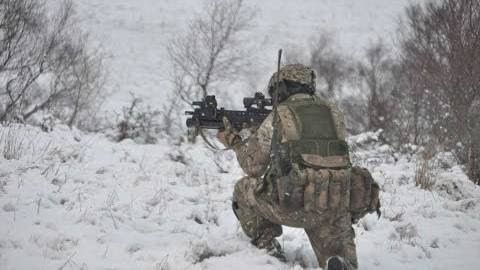




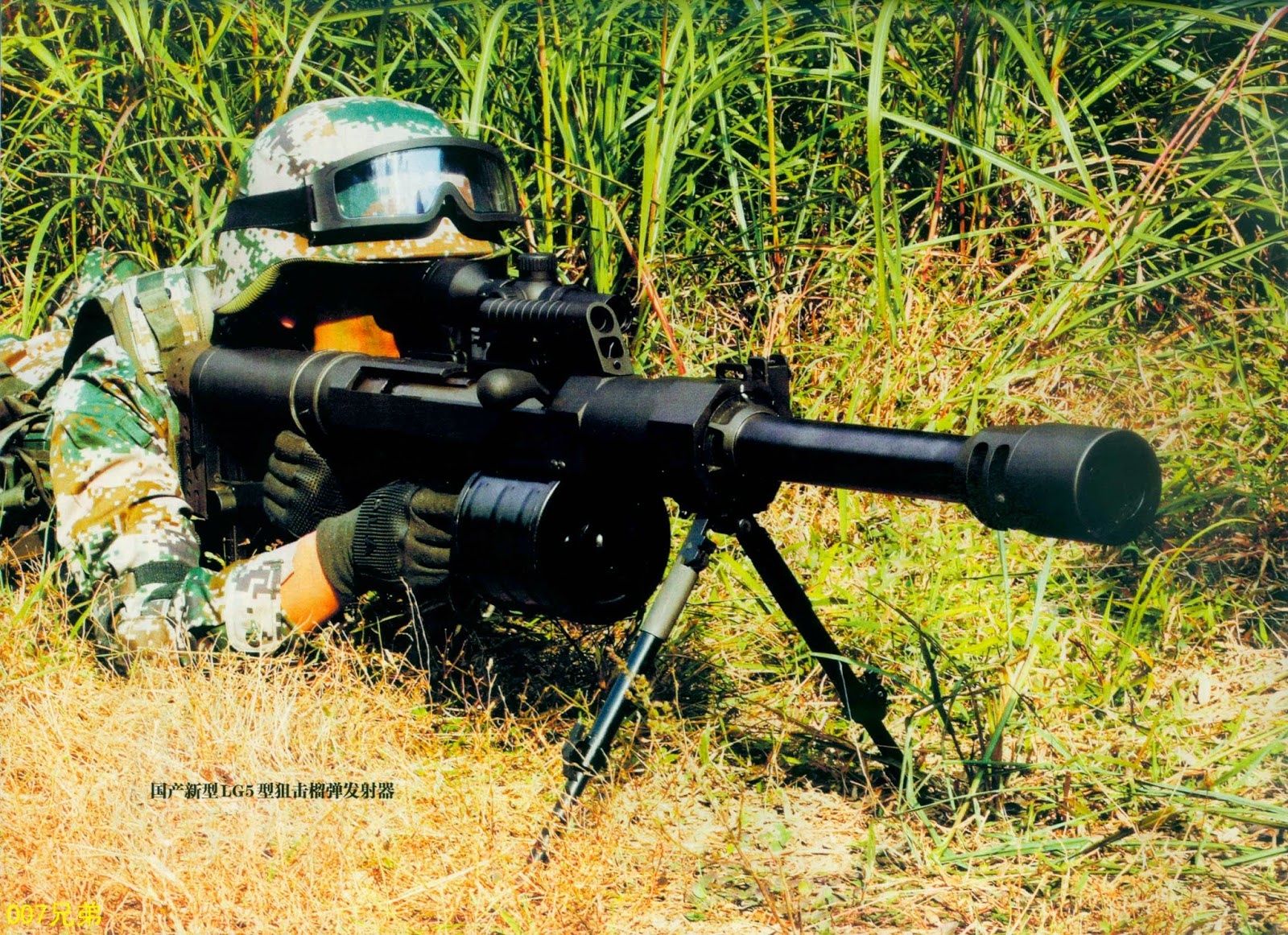
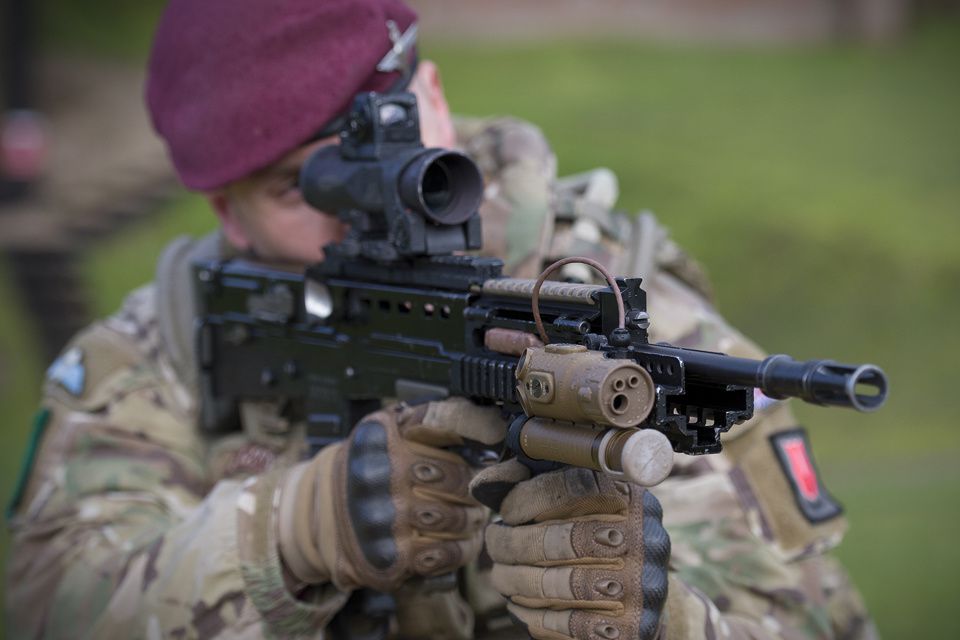

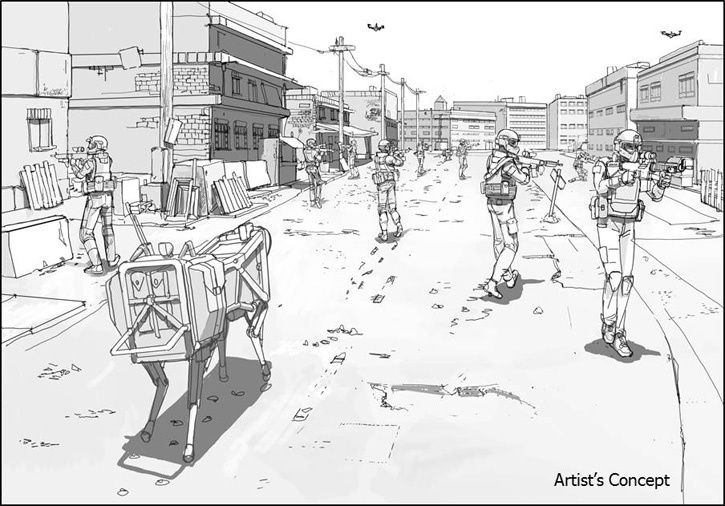


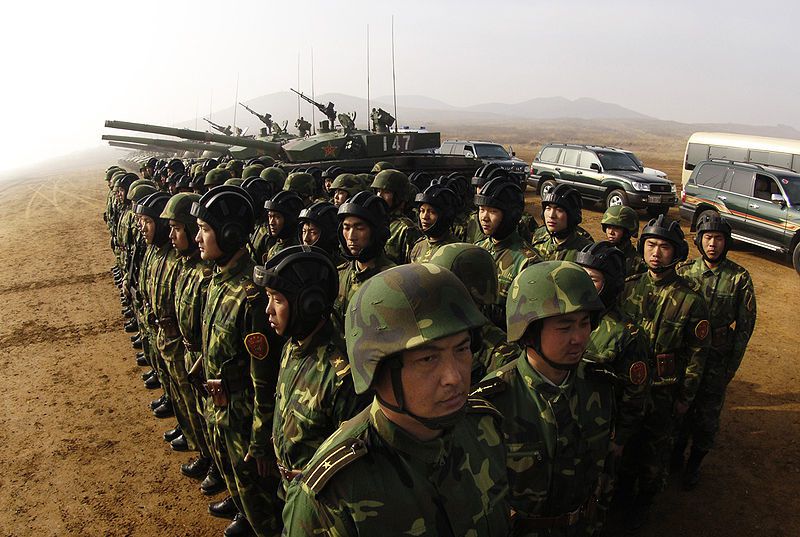









![Foreign Secretary William Hague answers questions from the media at the G8 foreign ministers' press conference on 11 April 2013 (library image) [Picture: Crown copyright]](http://img.over-blog-kiwi.com/0/54/74/56/201307/ob_18e0cc_foreign-secretary-william-hague.jpg)
![British soldiers training on an assault course (library image) [Picture: Peter Davies, Crown copyright]](http://img.over-blog-kiwi.com/0/54/74/56/201307/ob_2f18b8_british-soldiers-training-on-an-assault-course-ph.jpg)


